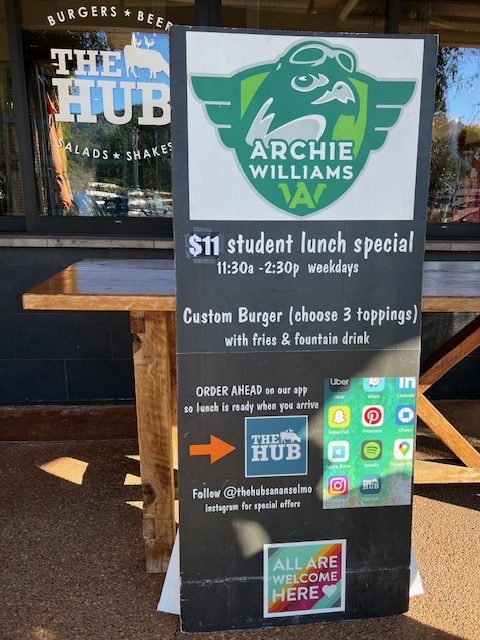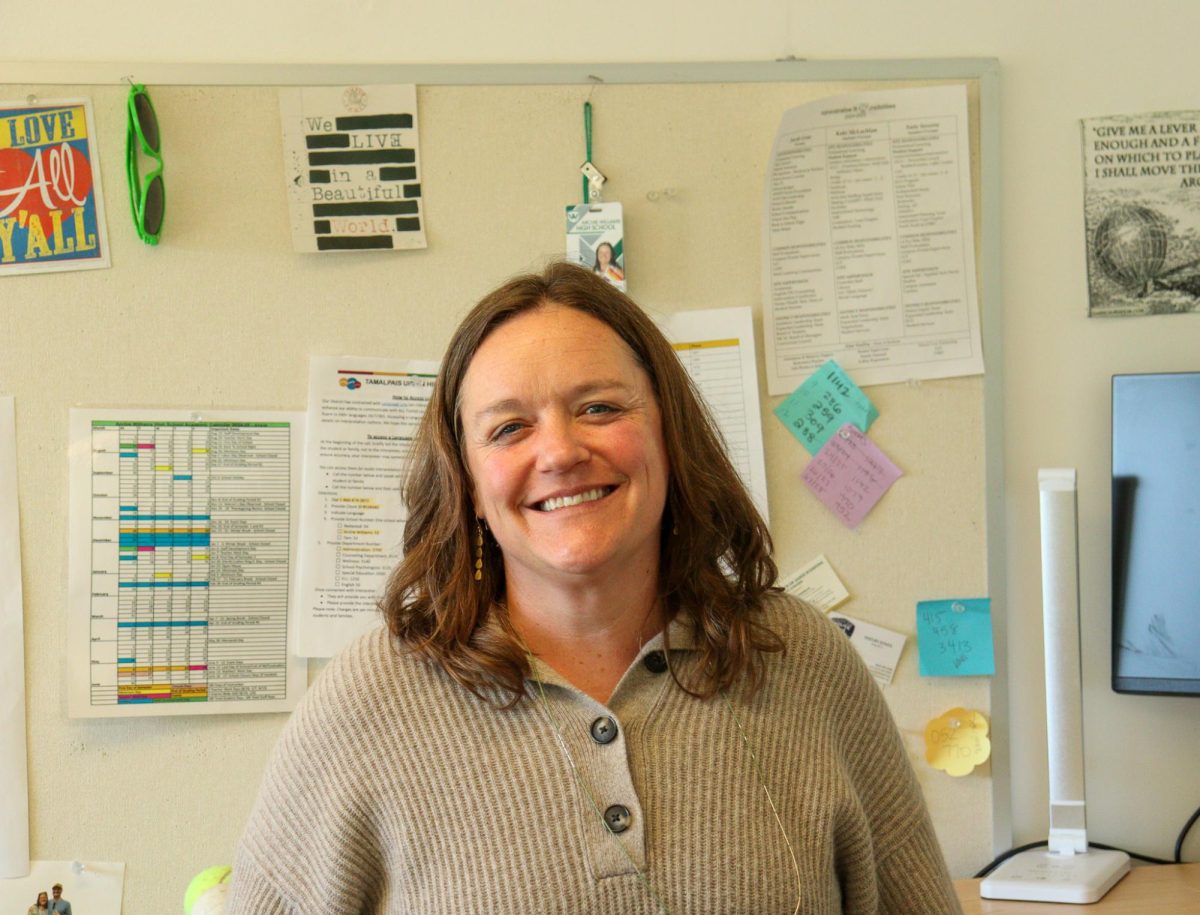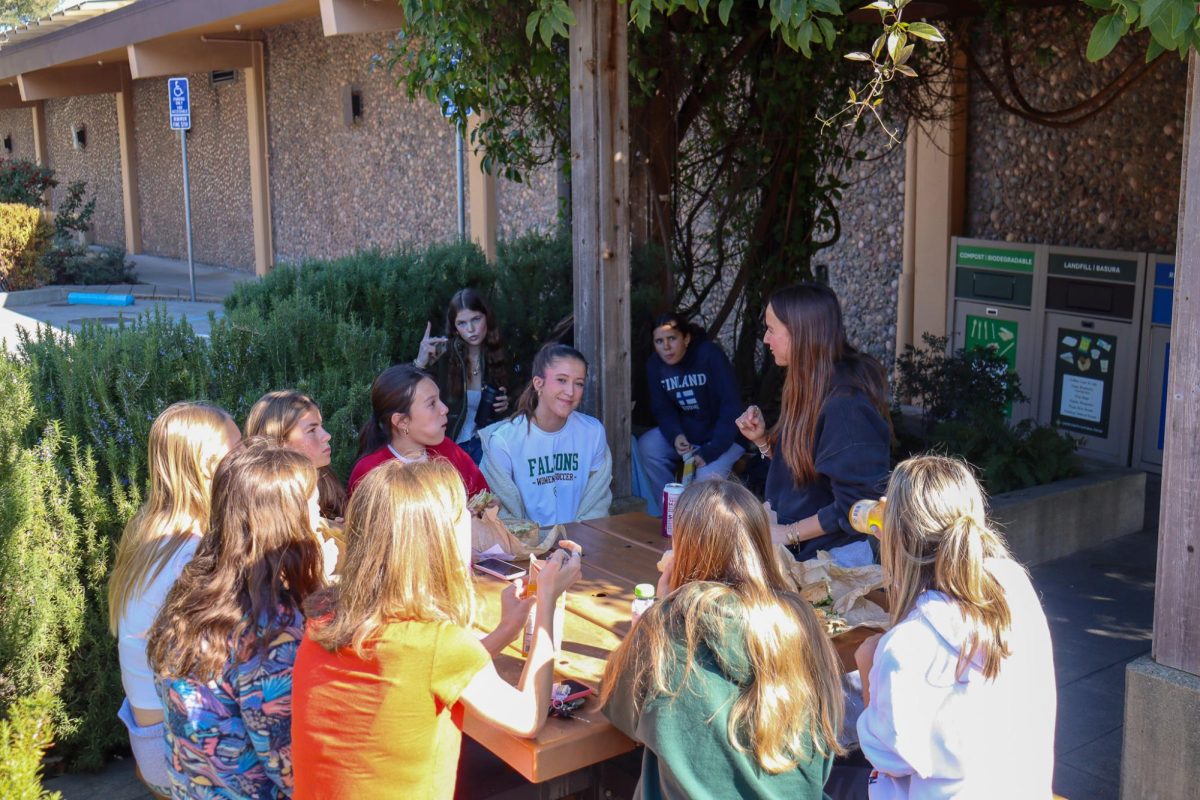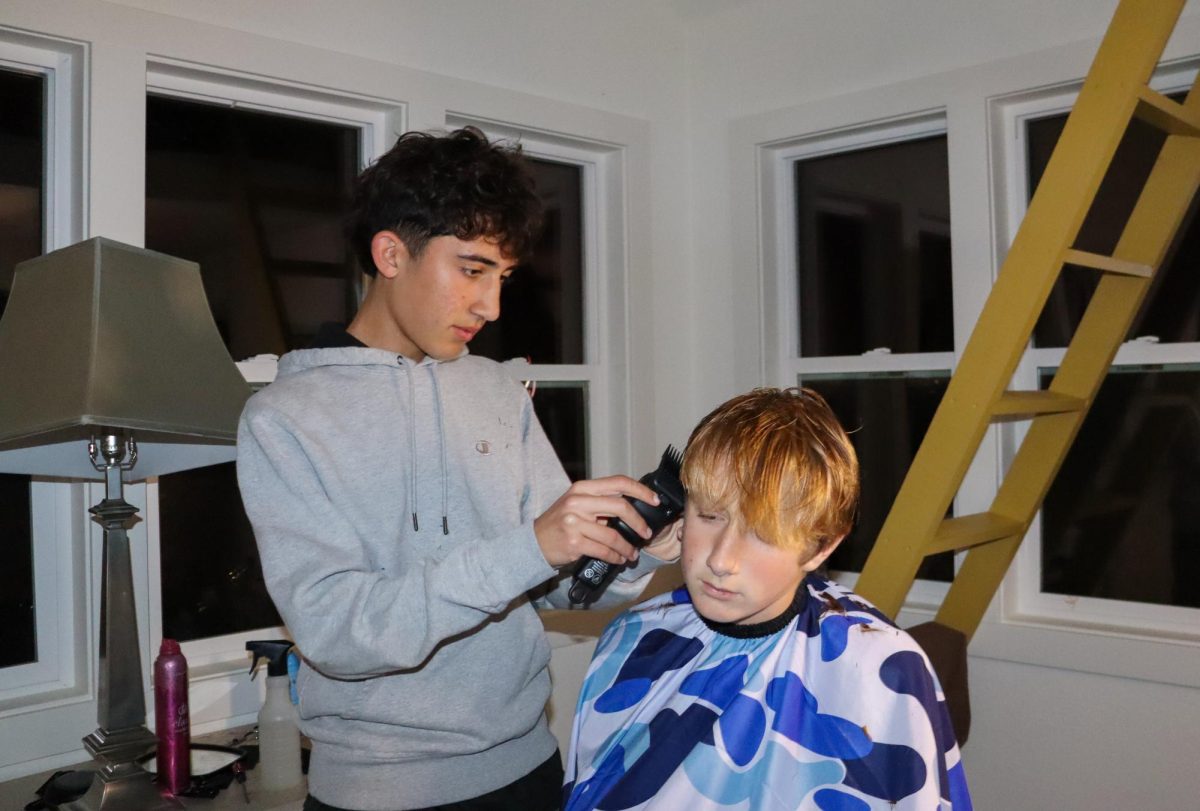On Sunday, July 21, current President of the United States Joseph R. Biden Jr. abandoned his reelection campaign, bowing out of the 2024 presidential race. Immediately after his departure, Biden posted his endorsement for the nomination of Vice President Kamala Harris as the 2024 Democratic candidate. Formerly in the shadows of President Biden, Harris has since stepped into the spotlight, and dominated the blue light of devices across the nation.
Since Biden’s untimely exit, the polls have seen an exaggerated change, with young voters voicing their opinions on the changing campaign. According to a 2024 poll by US News that surveyed around 2,000 U.S. citizens aged 18-34 in swing states, 82 percent of young adults believe Biden made the right decision in bowing out of the race.
A recent NBC News poll found that, from a national sample of 2,617 Generation Z registered voters aged 18-29, half claim they’ll vote for Harris in November, while one-third look to nominate her opponent, former President Donald J. Trump. According to Archie Williams American Government teacher Kathleen McCormick, the nomination of polar-opposite Kamala Harris has deeply resonated with younger voters.
“I think when [younger generations] see candidates that seem to be out of touch with issues that might impact young people, or just even when we have a president who is 81 years old… they don’t tend to connect with younger students,” McCormick said. “But now, they have someone that is slightly younger and might provide them with more hope and more energy.”
As an American Government teacher, McCormick constantly leverages current political events as valuable lessons on historical democracy. Harris’ nomination is the latest a presidential candidate has ever entered into candidacy, but her campaign seems to have generated support beyond the possibilities of her five-month-long campaign trail. McCormick believes this connects to her active presence in the media.
“I think her campaign hit the ground running and really generated a lot of enthusiasm… She does represent a fresh voice, and I think that’s resonating with young people,” McCormick said.
Harris’ “fresh” take on candidacy engages audiences outside of her own, with many celebrity endorsements. Ranging from Beyoncé songs on her campaign advertisements, to CharliXCX posting on X that “kamala is brat,” Harris collects fan bases across the nation.
Most recently, after Harris’ Presidential Debate with former president Trump, Taylor Swift posted her endorsement on Instagram. In the hour after her post, Vote.org reported a 1,226 percent jump in registration. As registrations soared, so did campaign sales, as the Harris-Walz campaign aired Swift-themed friendship bracelets that sold out within minutes.
For Archie Williams senior and first-time voter Caroline Lozaw, Harris’ presence on the presidential bid presents an opportunity to stand behind a nominee who tackles issues she feels strongly about.
“[As a new voter,] I hear a lot about [threats to] reproductive rights. I don’t want to have [fewer] rights than my mom and my grandma did. So for [Harris] to be very strong on wanting to bring back the Roe v. Wade [protections] we had, that is very personal to me, and something I want to support,” Caroline said.
In addition to Harris promoting solutions to issues younger generations are increasingly caring about, she has spiked attention from younger voters through her social media accounts. With its on-point utilization of current humor and trends, her Publicity Team-run TikTok account, @kamalahq, has amassed over four million followers.
According to an August 2022 study by Statista, from a sample of 4,421 U.S citizens, social media was 18-34 year olds’ primary source of news, with 47 percent of respondents saying they used social media platforms for news on a daily basis. With a population of young potential voters obtaining so much of their information from the internet, Harris’ social media team’s work has exploited a unique but powerful campaigning method.
With its often outrageous humor, unlike that of the sterile, professional content that would presumably be found on a presidential candidate’s promotional page, @kamalahq has appealed to younger voters thanks to its out-of-pocket relatability. Caroline believes social media promotional material more easily grips the attention of younger participants.
“A lot of the stuff [Harris’ team] posts is funny or [based] off of some trend… And I think [her team’s] been really good at taking things that have been said by the other side that aren’t necessarily true, or just kind of [abnormal], and putting them all into one video to really grab the attention of voters,” Caroline said.
With Instagram and TikTok posts displaying triumphant videos of Harris and Trump’s Sept. 10 debate accompanied by caption quips like, “bro is cooked,” and teasing compilations of Trump haphazardly swinging at golf balls, @kamalahq uses hilarity to entice younger audiences. According to CNN, Harris’ unconventional campaign functions as a connecting bridge between Gen-Z voters and the candidate, propelling her forward in the polls.
However successful Harris’ campaign may seem, according to Chair of the Marin Democratic Party Pat Johnstone, the recent nominee has boosted morale, but the true impacts will not show until election day.
“In general, [we’re seeing] incredible recent enthusiasm and participation, and [voters] wanting to [get involved] since the transition to Kamala Harris running for President,” Johnstone said. “But [we won’t] know until people are really motivated enough to get out and vote.”
Nationwide poll numbers often discount the pool of younger voters from data polling “likely voters,” due to their general low voter turnout. In recent, nationwide “likely voters” polls, Harris and Trump are neck and neck. Johnstone cites a historical disparity in the action of young voting demographics, even since the implication of the 26th Amendment lowering the voting age from 21 to 18.
“For a variety of reasons, there is a major enthusiasm gap and a major gap in understanding how important voting is,” Johnstone said. “I’ve worked really hard to try to have an understanding of why young people are feeling so disenfranchised, so uninvolved in the [political] process.”
Historically, the 18-29 voting age demographic has long been the lowest participating class of voters. However, the youth turnout has measurably grown in recent elections. In a 2020 study conducted by Tufts University Center for Information & Research on Civic Learning and Engagement, nationwide turnout for ages 18-29 jumped to 50 percent, compared to 39 percent in 2016. The same study found that young adults receiving education and encouragement on voting had a higher likelihood of turning up at the polls.
As Harris continues to turn the tides and push for more registration and participation, her younger demographics are undeniably responding to her calls to action. Gen Z voters now wait patiently for November’s 2024 Presidential Election… or @kamalahq’s next viral meme.









